Entry Category: Zoology
aka: Catostomid Fishes
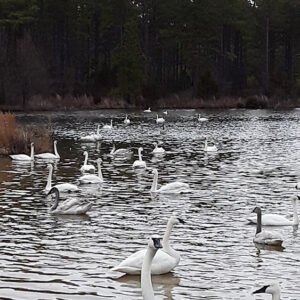 Swans during Migration
Swans during Migration
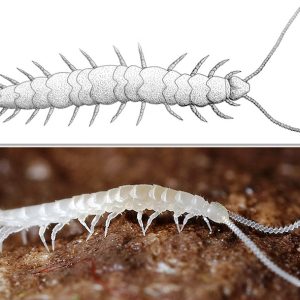 Symphylans
Symphylans
Symphylans
aka: Glasshouse Symphylans
aka: Garden Centipedes
aka: Pseudocentipedes
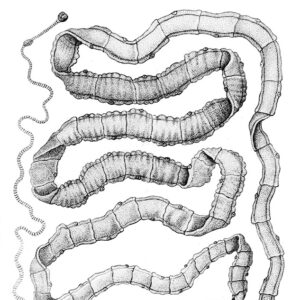 Tapeworm
Tapeworm
Tarantulas
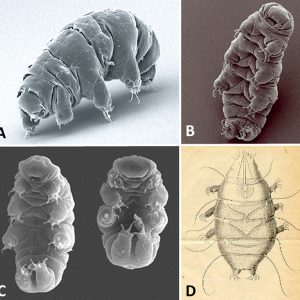 Tardigrades
Tardigrades
Tardigrades
aka: Water Bears
aka: Moss Piglets
 Tardigrades' Life Stages
Tardigrades' Life Stages
Temperate Basses
aka: Moronids
 Termites
Termites
Termites
aka: Isopterans
Thomas, Ruth Harris
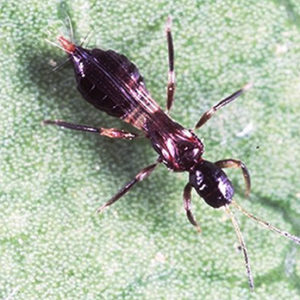 Thrips
Thrips
Thrips
 Tickborne Diseases Examples
Tickborne Diseases Examples
Ticks
 Tiger
Tiger
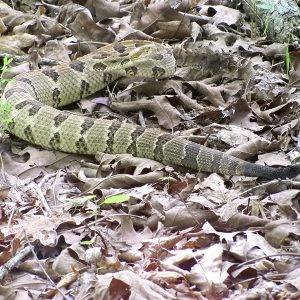 Timber Rattler
Timber Rattler
Topminnows
aka: Fundulids
aka: Killifishes
Trematodes
aka: Flatworms
aka: Flukes
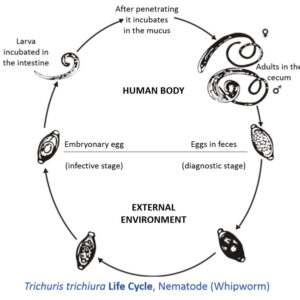 Trichuris Life Cycle
Trichuris Life Cycle
 Tufted Titmouse
Tufted Titmouse
Turpentine Creek Wildlife Refuge
Venomous Snakes
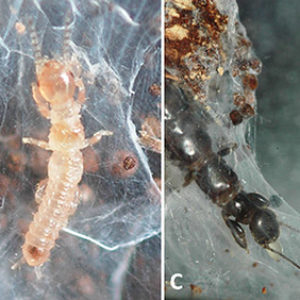 Webspinners
Webspinners
Webspinners
aka: Footspinners
aka: Embiids
 West Nile Virus
West Nile Virus
 West Nile Virus Distribution
West Nile Virus Distribution
Western Mosquitofish
aka: Gambusia
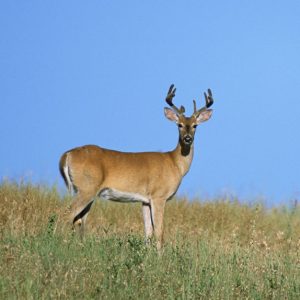 White-tailed Deer, Official State Mammal
White-tailed Deer, Official State Mammal
Willow Flycatchers
aka: Empidonax traillii
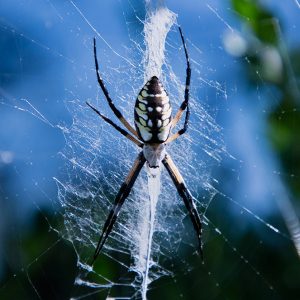 Yellow Garden Orb Weaver
Yellow Garden Orb Weaver
 Zebra Swallowtail
Zebra Swallowtail




